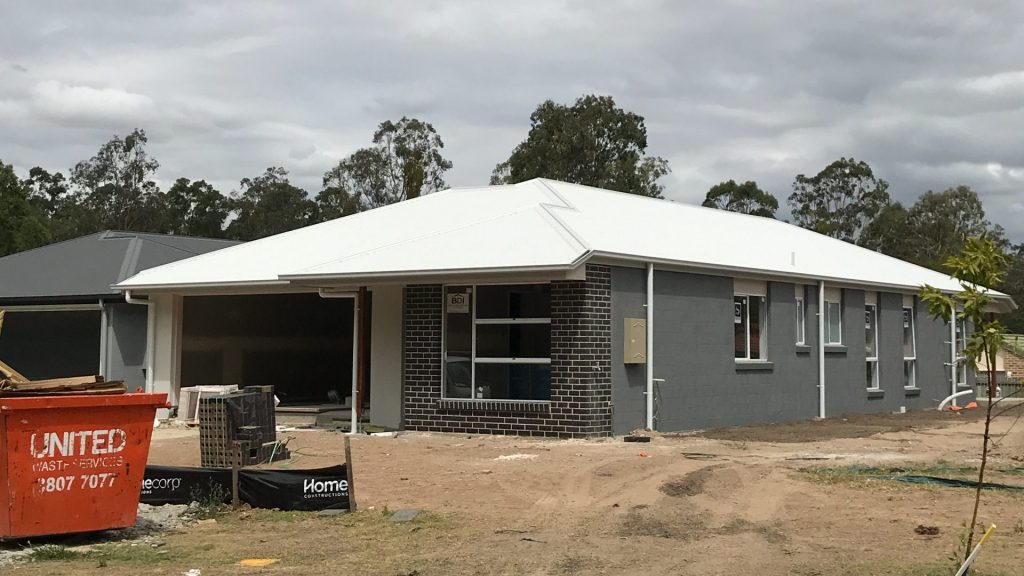
The process of building a new home allows you to get creative design a home that suits your family’s needs and lifestyle. Building a home requires a lot of thinking, planning and decision-making, so when to construct your home, there is are many factors that must be considered. Two important factors include choosing the builder and the total project cost.
Choosing a Builder
The first step is choosing which company will build your home. If you are confused on where to start, the best place to start is doing your own research – either online or asking your family or friends if they know any building companies. It’s important to take on their opinions but make sure you do your own thorough research. If you are enquiring about new land through a land development company, they generally have a panel of builders they can recommend to build on their land.
If you choose to follow the path of researching yourself, make sure you read as many product reviews as you can! These are commonly found through their Facebook page, Google Reviews or on their company website.
When choosing the building company, you should find a company that is reputable, trustworthy and experience. QPG Tip – most builders have a display home, so if you find a company you are interested in, visit their display home so you can visualise their quality of work and finishes. As a future homeowner, you want to have peace of mind when you’ve chosen the right builder for you.
If you are needing the home to be finished by a certain time, it’s important you choose a builder who can build your home in the time frame you require. Our QPG recommended builders have an estimated construction period of 16-20 weeks. However, the construction time frame can have a range of 16 weeks – 1 year, depending on the type of home constructed, materials required and weather conditions.
Make sure you do your due diligence before finalising your decision. If your builder has Home Warranty Insurance, also referred to as Domestic Building Insurance, it will cover you as the homeowner if the builder is unable to finish the construction. It is critical to check that the Builder’s Insurance is still valid.
Cost
When building a new home, there are generally five stages of build construction. For construction to be complete, your lender will make a payment at each stage. After your 5% deposit has been paid to the builder, your loan will be drawn down and used for the following stages:
1. Base Stage
The first loan amount is often referred to as the “Slab Stage.” This stage will cover the cost of building the foundation of your new home. It will include:
- Laying the foundation of the house
- Levelling the ground
- Installation of plumbing
- Waterproofing the foundation
During this period, the bank will release the First Home Owners’ Grant payment to the builder if applicable.

2. Frame Stage
As the frame of your new home is built, it will be easier to envision your new home. At this point, the builder will focus on:
- Constructing the trusses
- Roofing
- Windows

3. Lock Up Stage
The third stage is the Lock Up Stage. Given the name, the purpose of this stage is to begin closing up the property. It will focus on the construction of:
- External walls
- Doors
- Insulation

4. Fixing Stage
During the fixing stage, all fixtures and fittings will be completed in the home. This includes the installation of:
- Kitchen cabinetry
- Bathroom cabinetry
- Internal claddings
- Shelving
- Doors
- Tiles
- Plumbing
- Electrical systems

5. Completion Stage
As implied in the name, it’s the final stage! This milestone focuses on completing the finishing touches such as:
- Painting
- Installing fencing
- Washing the walls
- Polishing the floors

After construction of the house is complete, the whole property will be cleaned both inside and outside. Take the time to complete a thorough viewing of your home to make sure everything is how it should be.
Once each stage is completed, you should receive the builder’s invoice and you will need to attend the site to check you are happy with the works that have been completed and to let your lender know to arrange for the bank to release the final payment.
